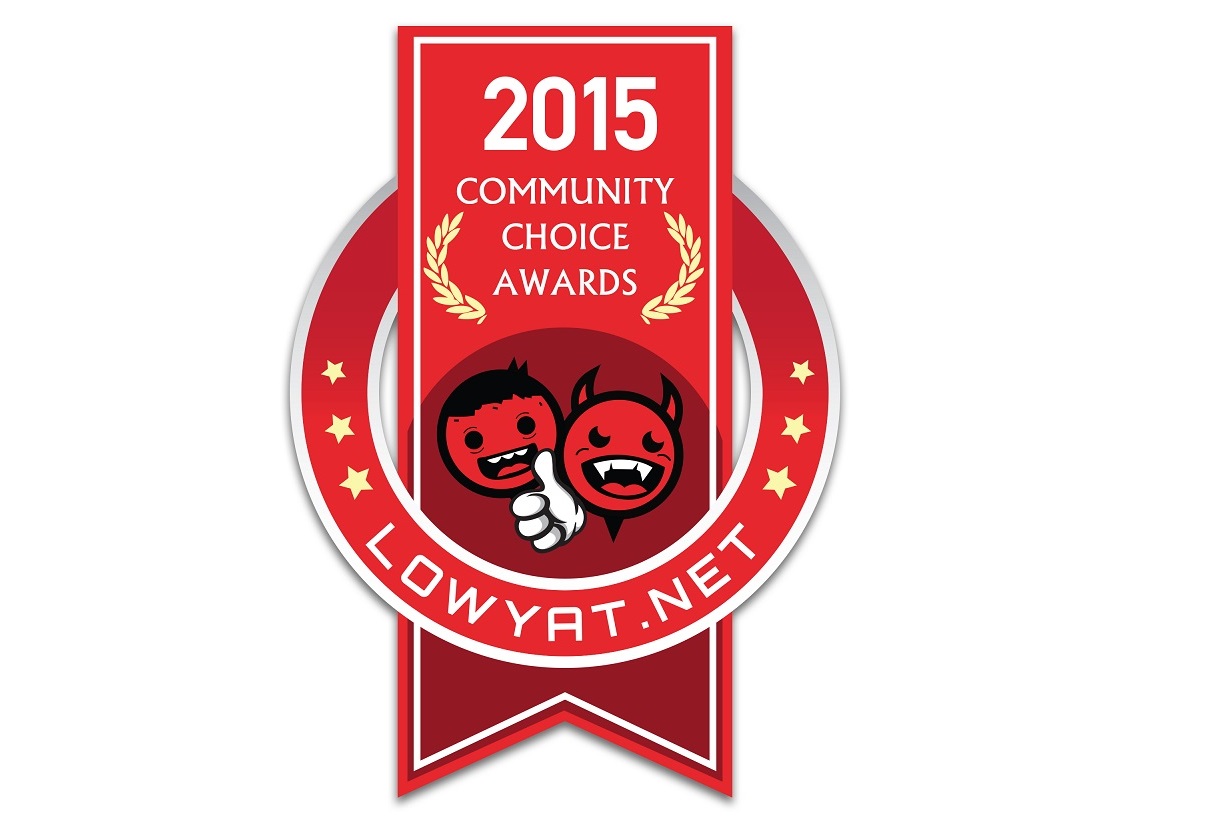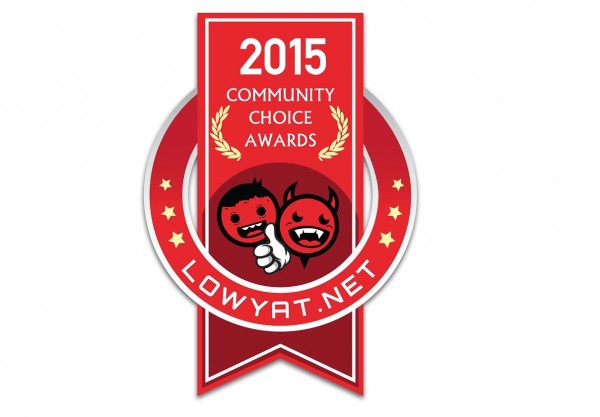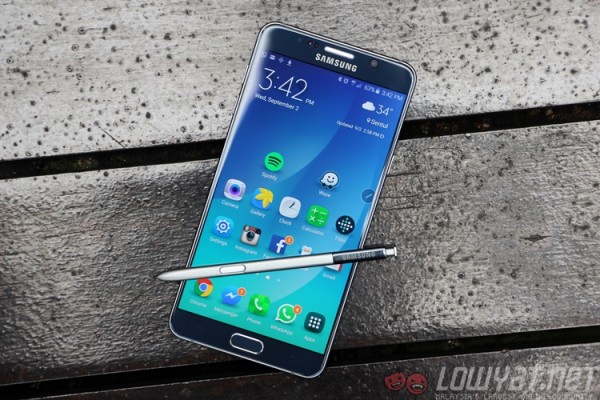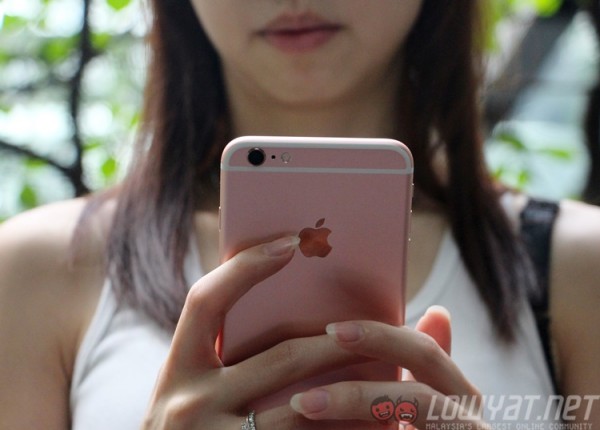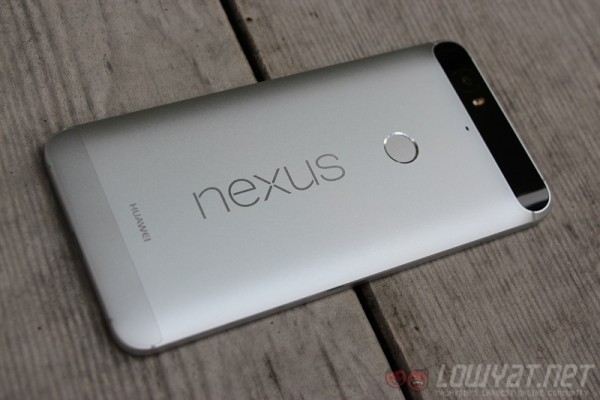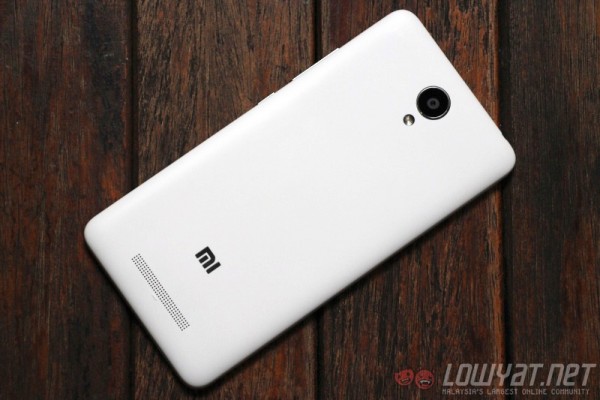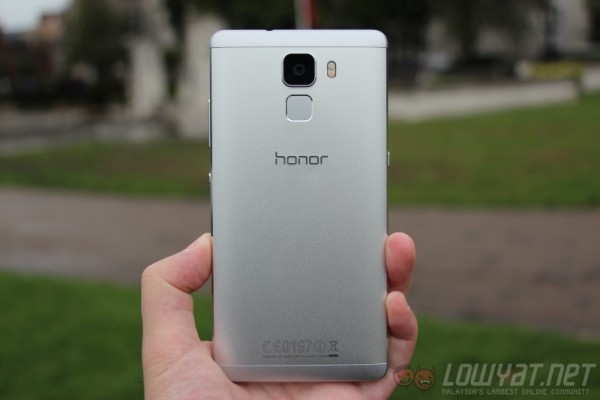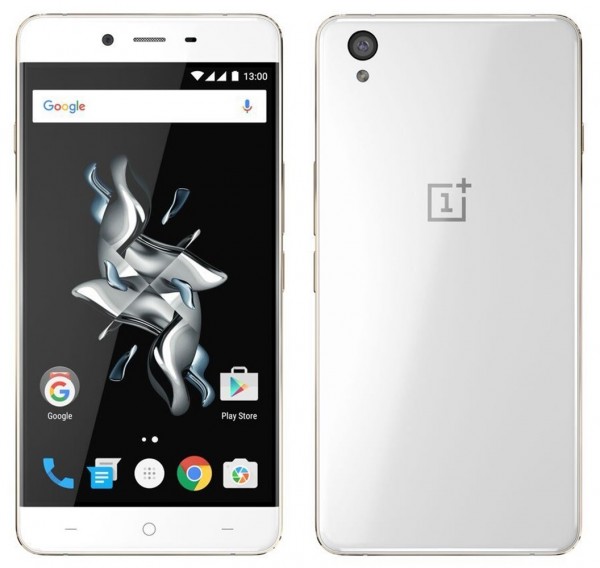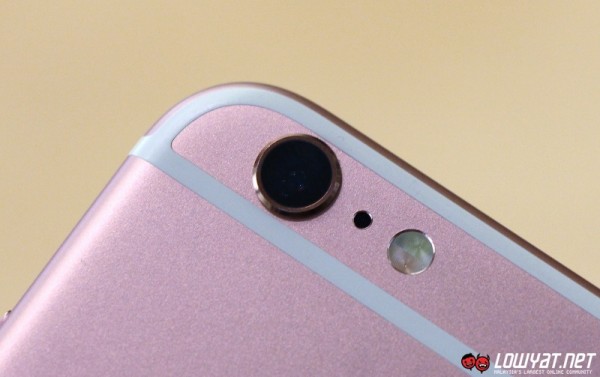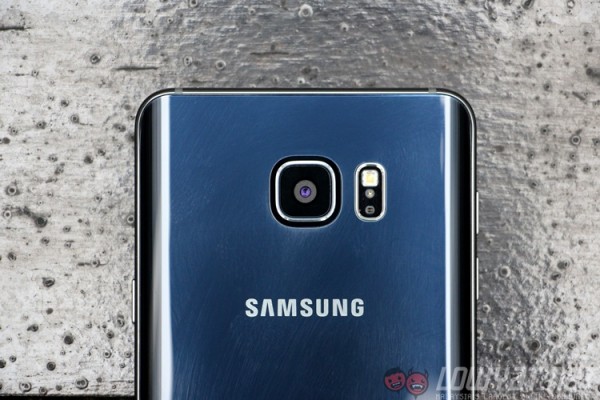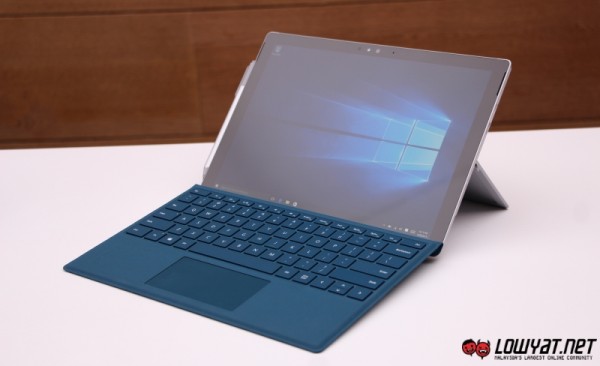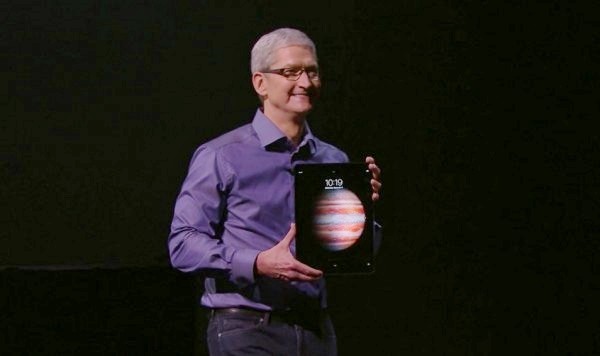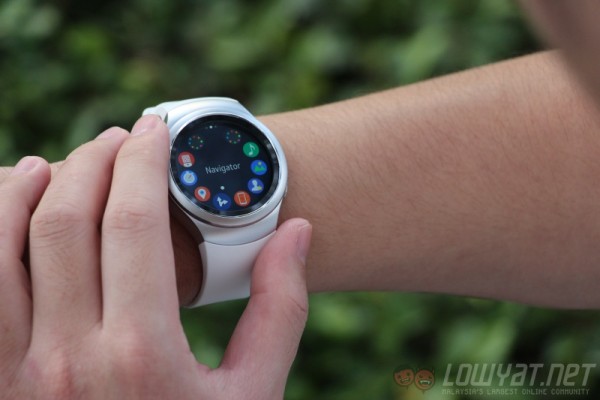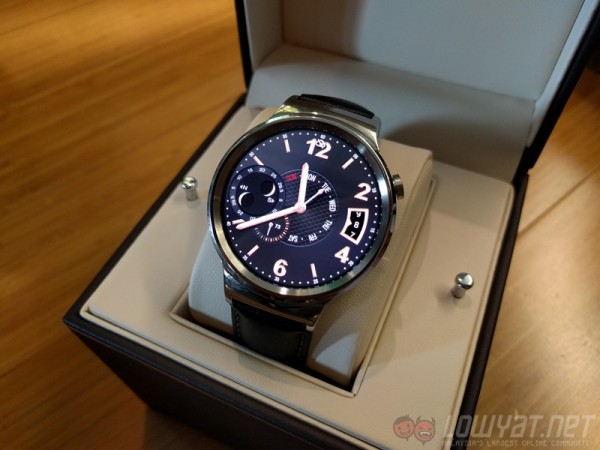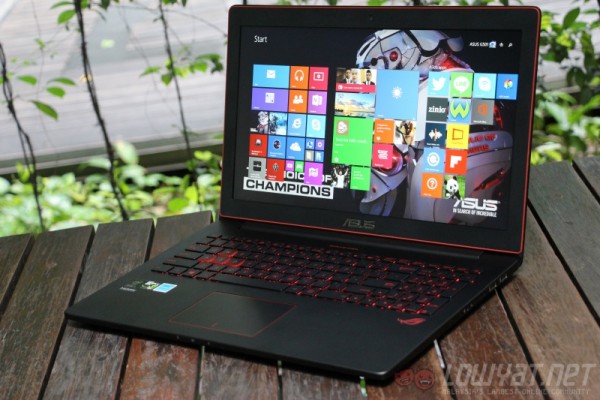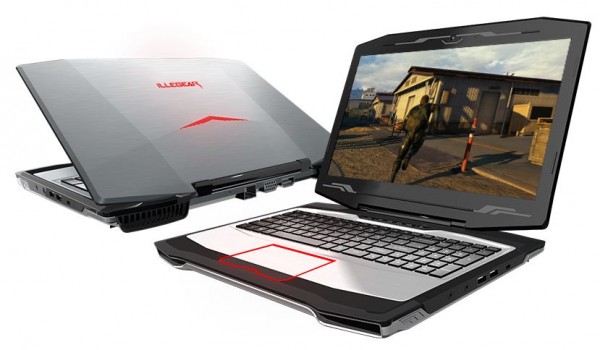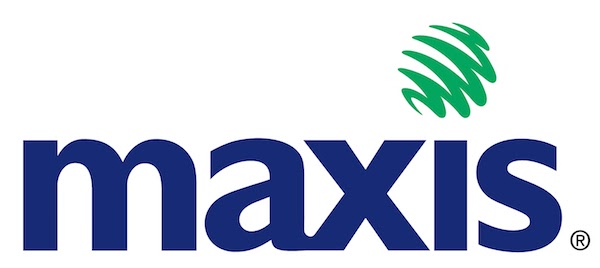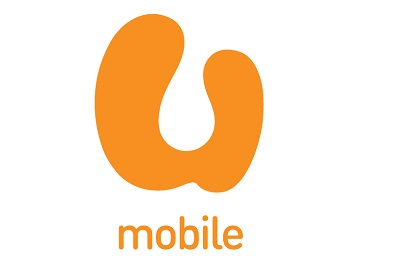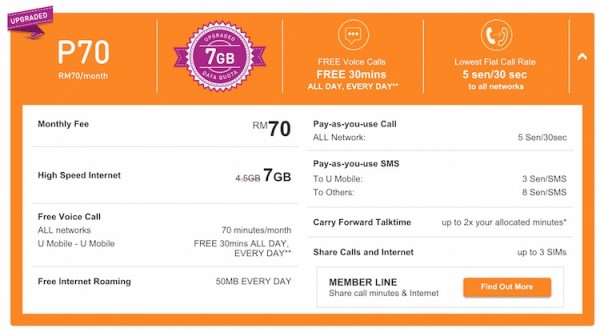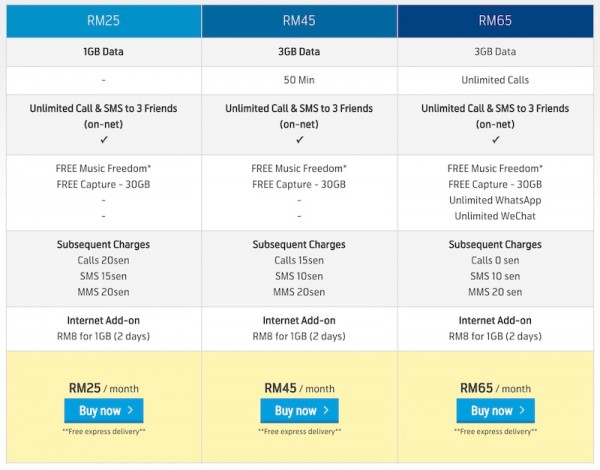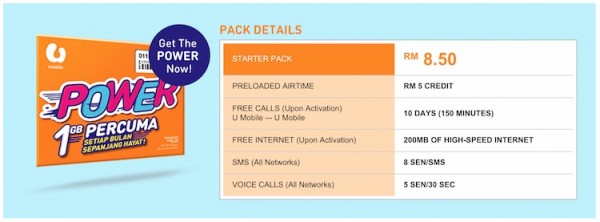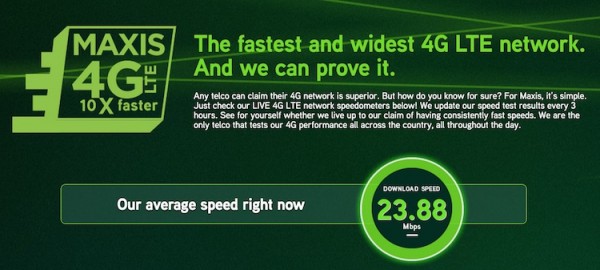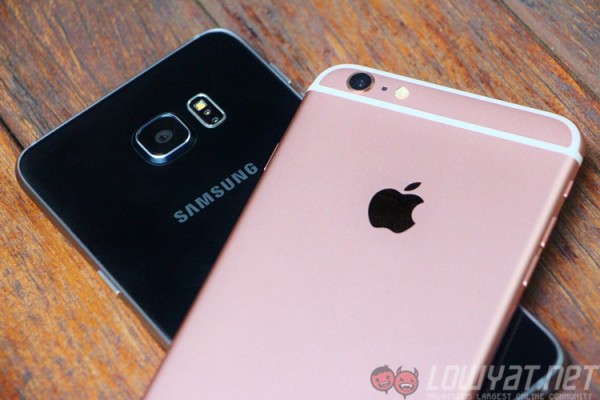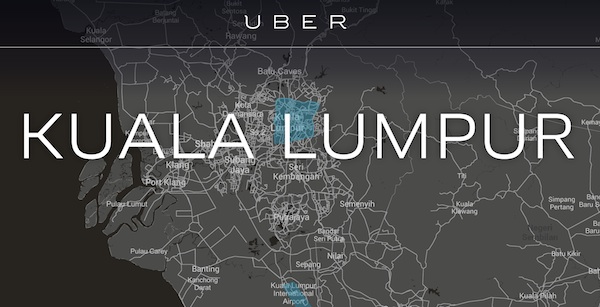Over the past two and a half weeks, we asked our readers – yes, you! – to vote for the best products and stories of the year that has passed. We shared our opinions in the Editor’s Choice Awards posted this morning, but we’re sure you’d like to know what was your say.
This time around, we’ve received over 2.5 times the total votes from last year – a huge jump which further increases the authority and authenticity of the votes. Without further ado, here are the results!
What is your choice for best smartphone of 2015?
Winner: Samsung Galaxy Note 5 (18.7%)
Anyone browsing our Garage Sales subforum will surely not be surprised. Ever since its launch, the Galaxy Note 5 has been the hottest-trading smartphone; the forumers know a good smartphone when they see one. Samsung’s flagship phablet ticks all the right boxes in design, performance, and camera that left us pleasantly surprised. It says a lot that that it manages to even outshine the iPhone 6s Plus and the Nexus 6P in the votes – both of which placed second and third respectively.
Runner Up: Apple iPhone 6s Plus (17.7%)
The iPhone rarely strays far from the top, such is the ability of Apple to craft two genuinely great smartphones year after year. The 6s Plus may not look different from last year’s model, but an overhaul in hardware materials, a new larger camera and a bold new colour ensures Apple’s second-ever flagship phablet stakes its claim near the top of the pile.
Honourable Mention: Nexus 6P by Huawei (17.3%)
Edged out by the iPhone 6s Plus, or surged past plenty of the competition for third place? Either way, the Nexus 6P is another fantastic Android smartphone released this year. With its appeal of a pure Android experience and a camera that finally works well, the Nexus 6P may have been higher up this list if it weren’t for the fact that (a) Samsung remembered how to make great smartphones again, and (b) it was priced a few hundred Ringgit less.
Which do you think is the best value for money smartphone of 2015?
Winner: Xiaomi Redmi Note 2 (32.5%)
One of the rare runaway winners at this Awards, the Redmi Note 2 was a huge signal of intent from Xiaomi for the competition. With the likes of honor, Lenovo and Asus encroaching on Xiaomi’s previously impervious position as a purveyor of really good phones for a lot less than what you’d expect, the Redmi Note 2 just blew everyone out of the water. Considering that the phone’s specs can be considered “flagship-level” just a year or two ago, the retail price of just RM649 makes this a steal – even if the Redmi Note 3 has just been released in China.
Runner Up: honor 7 (18.6%)
The honor 7, at a slightly higher end of the scale, offers a similar package as the Redmi Note 2: flagship-level hardware coupled with a premium design for over RM1,000 less than the competition. There are few faults that can be found on this solid device, and some (such as merely good camera performance) and “just” a Full HD screen can be overlooked easily due to its RM1,399 retail price.
Honourable Mention: OnePlus X (17.9%)
A late surge in votes for the OnePlus X saw it dramatically leap past the Asus ZenFone 2 for third place. Sporting similar hardware as 2014’s OnePlus One in a refreshingly modern design, the OnePlus X remains a powerful device for its RM1,288 retail price.
Which 2015 smartphone had the best camera?
Winner: Apple iPhone 6s/6s Plus (38.7%)
Traditionally seen as the best “point, shoot and forget” smartphone camera around, the new iPhones again maintain their status as having the best all-rounded smartphone camera. Its ease of use, fuss-free operations and the difficulty in producing bad images is a strong reason why consumers love the iPhone camera more than other brands.
Runner Up: Samsung Galaxy Note 5 (26.9%)
Our pick for the best smartphone camera of 2015, the Note 5 is a good example of Samsung’s commitment to camera performance. The Note 4 and the Galaxy S6 after it showed huge promise for what was to come, and the Note 5 delivered in virtually all aspects. Samsung designed the Note 5’s camera to be always on, so it’s just a double-press of the home button away. Its fast autofocus and an expanded manual mode made this smartphone a hit among enthusiasts and general consumers alike.
Which was the best tablet released in 2015?
Winner: Microsoft Surface Pro 4 (54.9%)
Undeniably the best tablet released this year. In fact, the Surface Pro 4 shouldn’t even be classified as a tablet – with powerful Intel Core i hardware and Windows 10 onboard, the SP4 is really more a laptop than a tablet. Microsoft pioneered this area with the original Surface, and continues to refine the amazing engineering feat that is the Surface Pro series to easily be the best tablets ever made.
Runner Up: Apple iPad Pro (24.6%)
A distant second place, Apple’s experiment with a new, huge tablet has seen mixed reactions. There’s no question that the iPad Pro is powerfully built, and still maintain the thickness of an iPad Air, but the jury is still out if this iOS-running mega tablet can replace the evergreen MacBook Air in the eyes of the consumer.
Which is the best smartwatch of 2015?
Winner: Samsung Gear S2 (32.5%)
The Gear S2, as we mentioned in our Editor’s Choice Awards, was a pleasant surprise for fans of wearables. Not only is it stylishly designed, it is so far removed from its predecessor (let’s not even link it back) in every conceivable way that it’s incredible that Samsung changed so much in its approach in just 12 months. A small app ecosystem remains a stumbling block, but this smartwatch is easily the best that was released this year.
Runner Up: Huawei Watch (22.2%)
The most expensive Android Wear smartwatch in Malaysia, the RM1,799 Huawei Watch is a very premium smartwatch. Huawei boldly differentiated its Android Wear smartwatch by taking the premium route, with a giddying mix of leather and stainless steel in a variety of stylish watch bands. It also surprisingly manages to hide its chunky body well. That said, we’re not quite sure of consumers are ready to splurge that amount for a wearable platform that is far from mature.
Which 2015 gaming laptop offered the best bang for your buck?
Winner: Asus ROG G501 (31.1%)
Who doesn’t like a slim gaming laptop? The ROG G501, powered by the new Intel 6th Gen processors, is Asus’ popular mid-range gaming laptop series. Featuring an Nvidia GeForce GTX 960M GPU, loads of RAM and storage space, the only stumbling block with this laptop is its price: the Skylake refresh of this model pushed it beyond the RM5,000 mark – both the Acer V Nitro and Illegear Z5 offer similar hardware for much less (though at the expense of a chunkier size and weight).
Runner Up: Illegear Z5 Skylake (28%)
A community favourite, the Illegear Z5 is a really good laptop that balances performance and price very well. Starting at RM4,599 (without Windows), the Z5 Skylake offers a Core i7 processor, a GTX 960M GPU, 8GB of RAM and 1TB of storage. But Illegear’s popularity isn’t just because of its ability to price its products well – there’s also the fact its laptops are so well designed internally, with the use of high-end thermal compounds and heatsinks to increase performance and extend the life of the laptop.
Which gaming peripheral brand released the best gaming products for 2015?
Winner: Razer (44.4%)
Chroma. That was the theme for Razer this year, refreshing almost every popular peripheral it had with backlit LEDs that offer 16.8 million colours and an infinite array of customisation. And gamers absolutely love it. From the sexy Blackwidow Chroma mechanical keyboard to more far-fetched creations such as the Firefly Chroma mouse mat, Razer seemingly did not set a single foot wrong in 2015 with its fancy lighting.
Runner Up: Logitech G (39.6%)
Razer may take some effort to unseat as the premier brand in gaming peripherals, but from Logitech’s showing in the past year (and indeed, since 2014), it’s safe to say we may soon have a new favourite gaming brand. 2014’s G502 Proteus Core continues to be one of the best gaming mice around, while the G310 Atlas Dawn gaming mechanical keyboard released this year is an interesting compact mechanical keyboard. Here’s hoping the Malaysian side has solid plans to introduce the e-sports favourite G303 Daedalus Apex this year.
Which is the best local telecommunications provider of 2015?
Winner: Maxis (31.9%)
Say what you will about Maxis, but for two years in a row now the company has been voted not only the best local telco, but also the one with the best LTE network in Malaysia. Its postpaid offerings may not offer the best value for money, but the company’s network quality appears to be good enough for its subscribers to continue using its service.
Runner Up: U Mobile (24.7%)
Less than 10 votes separated U Mobile and digi, which finished in third place. 2015 for telcos is best remembered for some intense competition between Malaysian telcos’ in the postpaid space, with U Mobile offering incredible value for money with the P50 and P70 postpaid plans. Despite being the smallest of the four major telcos, U Mobile continues to utilise its underdog status to great effect.
Which postpaid plan was the best in 2015?
Winner: U Mobile P50 & P70 (32.6%)
7GB of data, unlimited calls, and 50MB free roaming for just RM70? The U Mobile P70 plan really does seem too good to be true, but it is the latest in a series of price wars happening between the Malaysian telcos. The P50 plan, on the other hand, offers 5GB of data per month, 50 minutes free voice calls to all networks, and free 50MB international roaming every day. These plans proved hugely successful for Malaysia’s underdog telco, allowing it to amass the subscriber base it needs to expand further.
Runner Up: digi SmartPlan 25, 45 & 65 (26.1%)
digi had a solid 2015 thanks to the introduction of its new affordable postpaid plans. With its SmartPlan 25, 45 and 65, the telco had a postpaid plan that fits virtually every budget. Offering generous amounts of mobile Internet data, unlimited calls (for the SmartPlan 65) and unlimited quota for WhatsApp and WeChat, Malaysians were really spoilt for choice when it came to postpaid plans in 2015.
Which new prepaid plan in 2015 was the best?
Winner: U Mobile Power Prepaid (34.5%)
Free basic Internet is no longer a luxury for Malaysian prepaid users. U Mobile’s Power Prepaid comes with 1GB of free high-speed Internet every month as long as your account is active. And, you get 450 minutes of free calls to U Mobile numbers, or just 10 sen/minute to other networks. The starter pack only costs RM8.50, with RM5 credit inside – insane value for those on a budget.
Runner Up: Celcom Xpax Magic SIM (25.6%)
It may not be real magic, but the Magic SIM prepaid package from Celcom is pretty appealing. The starter pack may not be much (RM5 for free basic Internet, 200MB high speed data, and 20 minutes calls/SMS), but the “magic” is in the ways Celcom rewards its customers. From free Internet, calls or SMS that is credited each time you reload, to the mysterious “monthly miracles” that are given to subscribers every month, and finally the introduction of “Internet burung hantu” that offers unlimited high speed Internet for free between 1-7am every day…telcos have surely found creative new ways to entice and ultimately reward subscribers.
Which local telco had the best LTE network in Malaysia?
Winner: Maxis (50.8%)
If you remember, several months ago something interesting came up: two local telcos in a war of words proclaiming each of them as having the widest LTE network in Malaysia. It may have mattered quite a bit for these telcos, but for the general consumer it felt more like a meaningless war of words for a meaningless title. What matters more is the quality of the LTE network provided, which is something Maxis has excelled – this is the second year in a row it has been voted this award.
Runner Up: digi (19.8%)

A very distant runner up, along with the remaining two telcos, digi has been hard at work at increasing its LTE network across the country, while at the same time improving its network’s performance by building more radio towers and refarming some of its older bandwidths. As a result, it has (in your eyes) surpassed Celcom as this year’s runner up.
Which local telco improved the most in 2015?
Winner: U Mobile (45.2%)
The perennial underdogs of the Malaysian telco space, U Mobile has used its position well to disrupt the industry. By boldly offering ultra competitive rates for its postpaid and prepaid plans, the local telco has forced the hand of the other players to follow suit – and benefiting the consumer in the long run. The real question then becomes: will 2016 see U Mobile being an underdog again, or will it truly rise to be a challenger to the Big Three?
Runner Up: digi (29.3%)

digi’s efforts at improving its services has not gone unnoticed. The company’s improved network infrastructure now offers over 60% of LTE coverage across the whole country, and there are also improvements in other aspects, such as call quality and of course, its postpaid and prepaid rates.
What is your choice for Flop of the Year?
Electronic Products Became Way Too Expensive in 2015 (67.3%)
Whatever savings you may have made by subscribing to a competitive pre/postpaid plan, they’ll all go into buying that expensive smartphone or tablet…or virtually any consumer electronic device. Our weakening Ringgit coupled with poor economic and political climates – not to mention the introduction of the GST – have propelled the prices of everything, really. Apple twice revised the RRP of its products in the space of just a few months, while other companies offered promotions by merely “absorbing” the GST (which is actually against the law). It’s such a pity, too, that 2015 also saw the release of some genuinely fantastic products, from the new flagship smartphones to the array of Skylake-powered laptops.
Finally, which is your choice of Story of the Year?
The Uber vs Malaysian Taxi Drivers Saga (31%)
2015 naturally ended with the report that some 100 taxi drivers have sued Uber. It’s the latest in a long-drawn series of shots fired from the Malaysian taxi community, who blame ride-sharing apps like Uber and GrabCar for illegally taking away their source of income. Consumers who have long detested the poor service offered by Malaysian cabbies have voted with their money, resulting in sporadic bouts of protests from taxi drivers. It’s actually a familiar sight for Uber, which has had to face this in many cities it operates – what’s happening in Malaysia is tame compared to Paris.
Until someone figures out a way to regulate ride-sharing apps (virtually no government in the world have managed to successfully do so), this saga will likely drag on into 2016.
—————–
On behalf of the team at Lowyat.NET, I’d like to thank all of you for voting in this year’s Community Choice Awards! We’ll be sending out emails for those who won the prizes from Monday (4 January), so keep a look out!
Follow us on Instagram, Facebook, Twitter or Telegram for more updates and breaking news.


